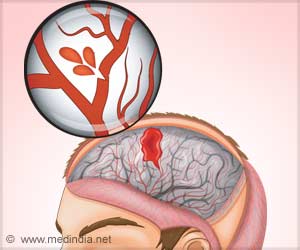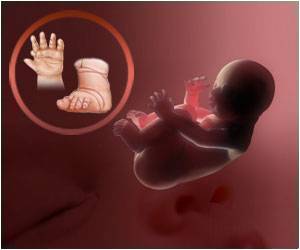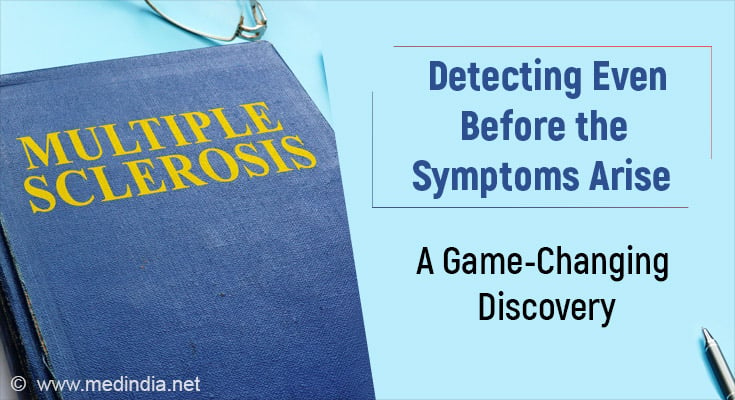The DRIFT10 study was set up to investigate a ‘brain washing’ technique for brain bleeds called DRIFT (Drainage, Irrigation and Fibrinolytic Therapy). DRIFT, pioneered by Bristol researchers, is the first and only treatment to objectively benefit infants with serious brain hemorrhage by washing out the ventricles in the brain to remove toxic fluid and reduce pressure.
The research team reviewed 32 children aged 10- to 11 years old. They investigated whether the Grade of IVHVD experienced as babies affected their visual outcome at the end of their primary school years and explored associations between visual outcomes with cognitive outcomes and with extra support at school.
Newborn Brain Bleeds
The visual examinations were part of a ten-year follow-up study for children in the original DRIFT randomized trial. Testers followed a protocol, and it was unknown to them whether the child had experienced Grade 3 or Grade 4 IVHVD and all other data.
Advertisement
The study found all 32 children assessed had at least one visual impairment. The average number of impairments per child was six for children who experienced a Grade 4 IVHVD compared to three for children who experienced a Grade 3 IVHVD. Each extra vision impairment for each child was associated with increased educational support at school, after adjustment for developmental age equivalence.
The children’s parents were unaware of these problems and mostly reported their children had a normal vision as long as any glasses they had were being worn.
However, the researchers found that for each additional sight problem a child had, they were more likely to be getting extra support with their learning. This suggests the sight problems may have contributed to the difficulties with learning experienced by this group of children.
Source: Eurekalert



